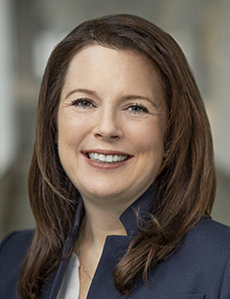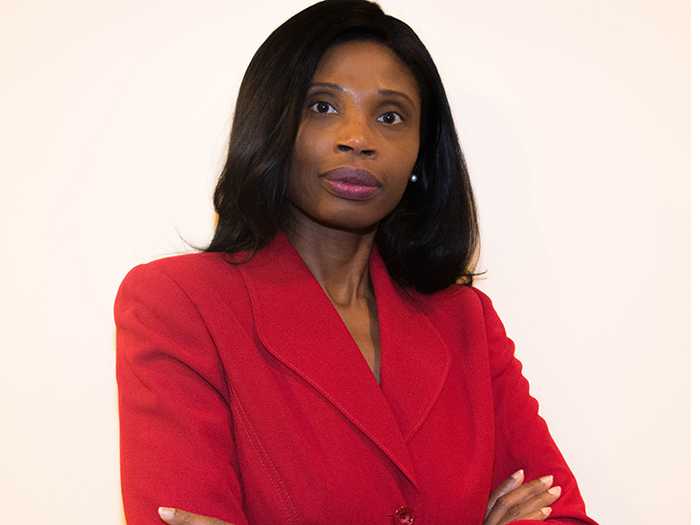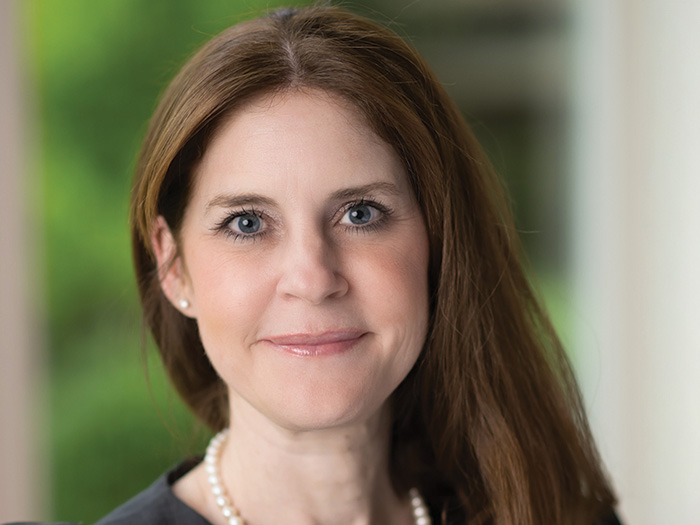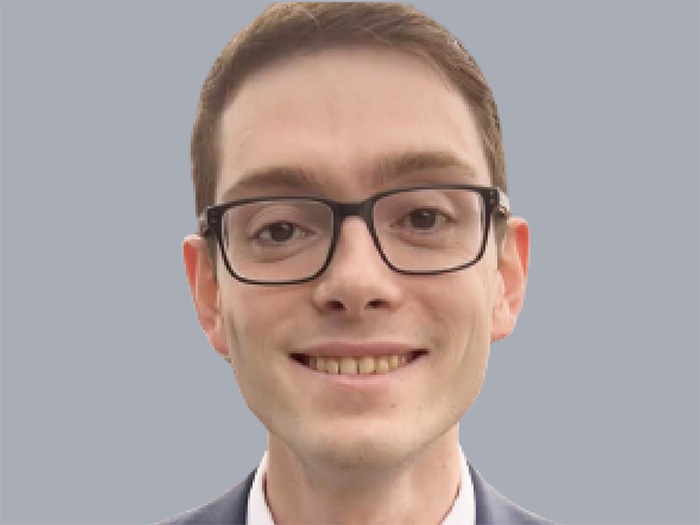Quick on Your Feet While Taking Dead Aim

Success in the programs business requires a fierce entrepreneurial spirit, a cunning approach to market differentiation, and a view of Insurtech that combines technological sophistication with a willingness to be flexible.
In addition, Tracey Sharis, a senior vice president for Liberty Mutual North America Programs, sees the ongoing work-from-home requirements due to the pandemic as a platform where she and her team are eager to demonstrate their ability to execute on the delivery of new and traditional products without missing a beat.
Sharis, a veteran of Lexington Insurance and the Ironshore specialty insurance business built by the since-retired Kevin Kelley and his team, said the structure of Ironshore and how it operated for years were good preparation for the current environment.
“The Ironshore program team has operated out of multiple hubs for several years,” Sharis said. “When the shift from a traditional office setting to an entirely remote format occurred in March 2020, our team was prepared for and well-adjusted to virtual meetings and remote communication.”
She said the group’s customers (insureds and brokers) are also stationed in multiple locations and always have been. The big change was increasing the cadence of communication.
“Our major shift was to have more frequent, direct verbal communication with our customers to ensure we understood and could assist with any challenges they were experiencing,” she said.
Liberty Mutual acquired Ironshore in 2017, and the merger is still fresh enough that Sharis and other division leaders also continue to work on clear, potent messaging in the marketplace. Sharis, the programs exec, said she used the recent Target Markets conference to take advantage of an opportunity to drive that message home.

Tracey Sharis, senior vice president, Liberty Mutual North America Programs
“We held nearly two dozen meetings over three days,” Sharis said of the recent show focused on program administrators and their carrier partners.
“The goal in each was to establish the narrative that LM North America Programs is a unified, easy-to-access market offering an unparalleled suite of products and services. We reinforced this message by including our colleagues from Helmsman Management Services, the Liberty Mutual-owned third party administrator,” Sharis said.
Sharis’s goal is for the market to view Liberty Mutual as a top-3 carrier with a best-in-class program group, regardless of its admitted (Liberty Mutual) and non-admitted (Ironshore) heritage, that is navigation friendly.
In another development on the communication front, the Ironshore team put together in the past six months dozens of virtual meet-and-greets, varying thematically from wine tastings to music performances. The whole idea being to build those warm bonds, despite social distancing, that are so crucial to productive business relationships.
The result?
“We have seen a deepening of our existing relationships and the opportunity to access distribution channels that we may not have otherwise considered,” Sharis said.
Technology Rising
One can’t wade too far into a discussion about commercial or personal lines insurance without bumping into the topic of technology.
Billions of dollars are being invested by insurance carriers and their partners in technological advances that promise to make the quoting and binding of insurance more user-friendly. A concurrent aspiration is that all financial transactions and not just claims payments will be made smoother by investments in Insurtech; that’s the hope anyway.
Sharis said this moment in time and the importance (and capital) being placed on technology represent a breakout moment for the Liberty Mutual programs business. Historically, many carriers would only support new programs that used their systems for policy and claims administration, i.e., quoting, binding and effectively insuring a risk. What the new approach now brings to the mix is an immediate ability to use non-Ironshore and non-Liberty Mutual systems.
Allowing for this type of flexibility paves the way for the achievement of several important goals. One, and perhaps most importantly, it signals to the client that their goals and priorities are paramount. If it means using a technology system they or their broker invested in, so be it.
According to Sharis, allowing program administrators to use their system of choice results in faster delivery of products to the market, represents an acknowledgment of the effort and technology investment the partner is making, and reduces lag time and expenses on training, as partners can use systems that are familiar to them.
“My top priority is remaining nimble. We capitalize on our ability to write business on excess & surplus paper, which gives us flexibility of rate and form. Using non-admitted paper is critical to remaining innovative, responsive and strategic in a constantly changing environment.” — Tracey Sharis, senior vice president, Liberty Mutual North America Programs
When it comes to the macro-view and the billions the industry is spending on technology, Sharis senses opportunity, but she tempers that optimism with caution: “It remains to be seen whether the $10 billion the industry has spent will deliver profitable and sustainable growth,” she said.
As partially alluded to earlier, the advantages of this massive increase in Insurtech spend include expanded distribution, reduced transaction times, and real-time access to insured and claim-level information.
One serious concern, according to Sharis, is that the vast majority of Insurtech investment has focused on expanding the reach of distribution, not expense management. Commercial insurance companies in the U.S., as we know, are saddled with less than stellar combined ratios. The question is can investments in Insurtech reap enough operational expense savings to be worth the investment?
Risk Focus
In addition to the requirements we mentioned above, success in the programs business means being a good selector of risk and being agile enough to take advantage of opportunities when they arise.
“My top priority is remaining nimble,” Sharis said.
“We capitalize on our ability to write business on excess & surplus paper, which gives us flexibility of rate and form. Using non-admitted paper is critical to remaining innovative, responsive and strategic in a constantly changing environment,” she added.
“Similarly, we run a scalable operation. As we add programs and remove programs from our roster, we adapt our staffing model and manage our operating expenses accordingly.”
In terms of the types of risks she is willing to take on, Sharis has this to say: “I get excited when we see an emerging trend and can affirmatively answer the following questions:
- What is our appetite for this risk?
- Can the risk be quantified & with what certainty?
- Who has a jump on us/is in the space already and how can we do it better?
“It’s no secret in the marketplace that I am actively looking for books of orthodontists, dermatologists or other practice areas that present somewhat benign med/mal exposure. After all, straight teeth and clear skin usually lead to happy customers,” she said.
When it comes to execution, Sharis repeatedly uses the word “ferociously” to describe just how intensely she and her teammates seek to carry out their assignments.
When Liberty Mutual acquired Ironshore, part of the appeal in picking up the specialty carrier was to add Ironshore’s zeal for speed and creativity to the stout reputation and balance sheet of the carrier.
Sharis points to two cultural elements that enable her team to achieve that ferocious degree of product delivery effectiveness.
One is subject matter expertise: “We focus on specialty products and specific industries that require an expert level of knowledge. This expertise exists throughout the organization,” she said.
The other is coalition building: “We are responsible for all facets of program management,” Sharis said. “This includes but is not limited to underwriting, administration and operations. In order to succeed in each area, we build coalitions with cross functional groups, business segments, underwriting and claims teams.”
As we move into 2021, it will be these two areas that will continue to bolster the partnership Liberty Mutual and Ironshore have created as they bring more success to the programs business and beyond. &










